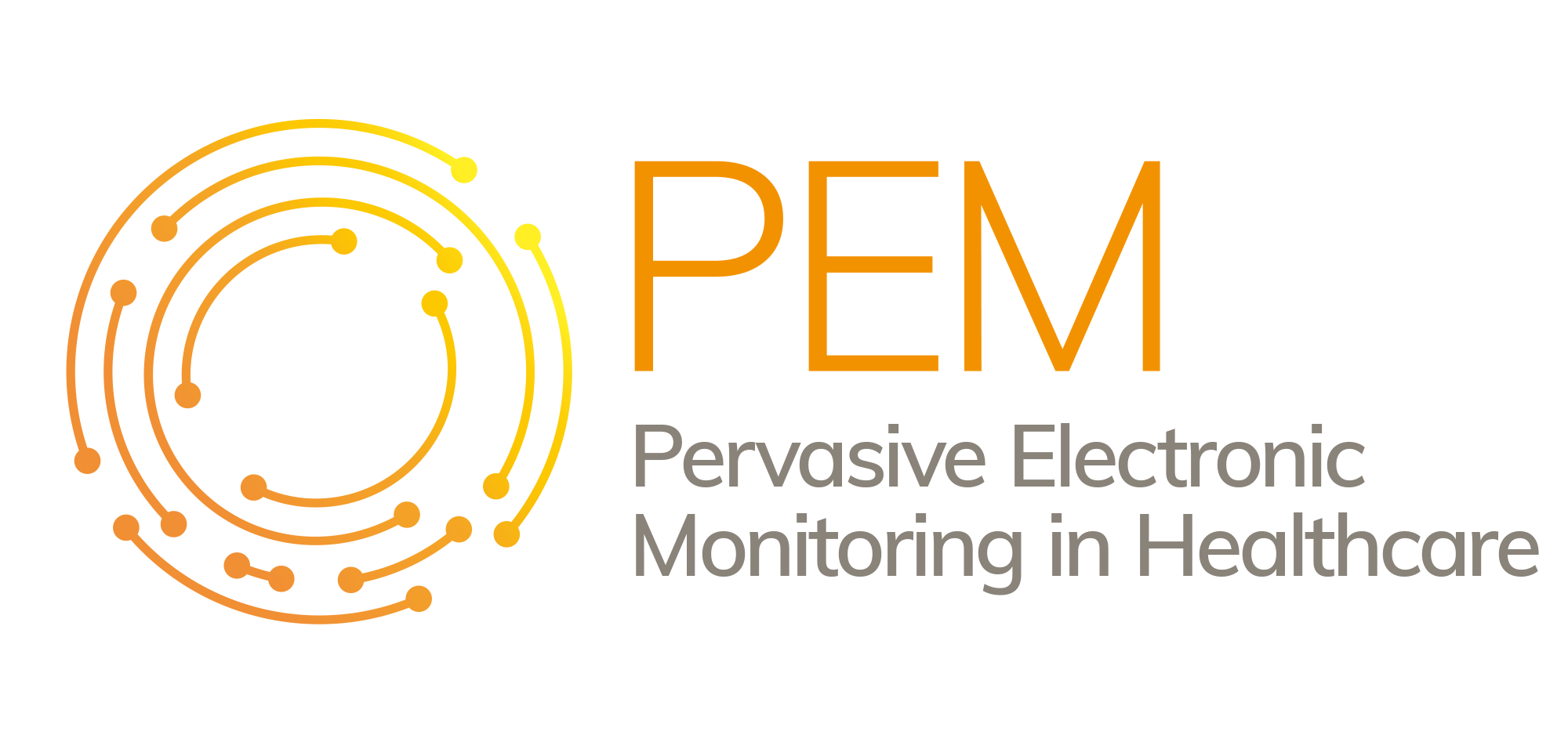PacSim - Pervasive Activity Context Simulator
Staff: Josmar Grech, Gabriel Farrugia
PacSim (Pervasive Activity Context Simulator)
Title: Generating datasets of human activities in pervasive spaces when using wearable devices
Reliability and accuracy have always been the centre point of data collection. It is not always possible to collect all necessary data required for research. Various researchers identify this aspect as a challenge in their work. Most cases occur when data is related to human activates, such when recording location or patterns for a specific amount of time for a large sample group.
This work presents PacSim (Pervasive Activity Context Simulator), a first prototype to investigate the possibility of generating data based on pervasive reconstruction of observed activities. The aim for this simulator is to generate datasets of human activities based on datasets gathered in a real life environment in order to help the researcher by filling in any missing or required data.
In addition, a prototype is proposed for a wearable device which will collect the activity datasets required by the simulator. This device will recognize human activities data gathered by a single accelerometer and an envelope matching algorithm to identify previously fingerprinted activities. The device is worn on the subject’s dominant hand and will form part of a context aware system, where location is also related to the recognition of the activity.
Through an experiment spread over three days at Saint Vincent de Paul, four patients were recruited, where the datasets required were collected by first, logging data manually by annotating activities and secondly, by logging data through the wearable device designed purposely for this project. PacSim replicated the first day using an algorithm described in this thesis, where the activities generated were evaluated in comparison to the actual activities performed by the subject.
HARSimWanD - Human Activity Recognition Simulations for dangers when wandering
The purpose of our research is to increase knowledge on quality of life (QoL) technology by adopting human activity recognition (HAR), through a case study on dementia. Dementia is a syndrome due to illness of the brain, usually of a chronic or progressive nature, in which there is disturbance of multiple higher cortical functions, including memory, thinking, orientation, comprehension, calculation, learning capacity, language and judgement (WHO, 2012). Dementia has a significant health, social and economic impact on our country.
The study focuses on patients at Saint Vincent de Paul (SVDP), an elderly residence in Malta, who have early stages of dementia by identifying the dangers imposed on them when they wander. This is done by means of wearable devices, which make use of pervasive electronic monitoring (PEM) applied to a health care setting.
In this research we are proposing a tool that utilises Smart Mobile Technologies and a custom-made tool to log patients’ wandering patterns by making sense of data collected to identify the possible dangers pertaining to the patient. The study aims to give useful real time information to the carers about the patient’s status. To achieve this a simulations is being developed to generate data for HAR. Data will include data collected from real life scenarios at SVDP residence and through controlled experiment. Datasets that include human activity are a critical part of this work that will provide more insight to improve the way we address QoL technology preventing danger while allowing patients to live a normal life. The project involves all stakeholders.
Initial results and challenges of this on-ongoing project will be presented: 1) results generated by the simulator that make use of machine learning algorithms to add missing data 2) patterns identified and 3) outcomes from the experiments we have completed.
PEMDataset
Ongoing project at FICT labs at our pervasive lab.
PET4CARERS - Persuasive technology for carers.
Staff: Dr.Conrad Attard
Due to the successes in medical science people are now beginning to live much longer. Patients such as those suffering from chronic debilitating diseases (such as Alzheimer's, Parkinson’s and onset ALS) require constant monitoring, a requirement that must also preserve a patient’s dignity by not appearing excessive. As computer scientist we develop different solutions that aim to help carers in their day to day jobs. These solutions are increasingly becoming more pervasive, were carers are using tablet applications to know more about their patients and log more information manually and through wearable devices. User-centered design and the use of appropriate user interface is extremely important for carers. For this project we will investigate the use of persuasive technology to improve the way carers interact with technology [1].
Carers and professionals most of the time need tools they can rely on to monitor patients and share knowledge between both carers and professionals. Ongoing research is showing us how important IT solutions are for carers. This research project aims to develop a portable application accessible from tablets and that will be studied through a purposely designed controlled experiment involving different skilled carers who will give feedback through a usability study. A number of usability issues will be identified in the first phase. This project will attempt to solve these issues by using prototyping. Different solutions will be developed for each iteration of this project. The research will outline proposed solutions that can be used in different typical scenarios similar to the one being studied.
Just-in time adaptive interventions is an emerging intervention design that is allowing developers better present interfaces depending on the user’s profile. Persuasive technology on the other hand makes use of principles that influence the behaviour of the user to effectively make use of the applications [2]. These principles need to be identified in the initial studies by applying research studies already conduct in different fields.
A challenge hospitals and care centres are facing is that of personnel come from different countries and speak different languages. They also have different ways of doing things. This means the IT solutions should also adapt to these needs. This will be achieved by increasing the communication channels between different professionals and carers.
